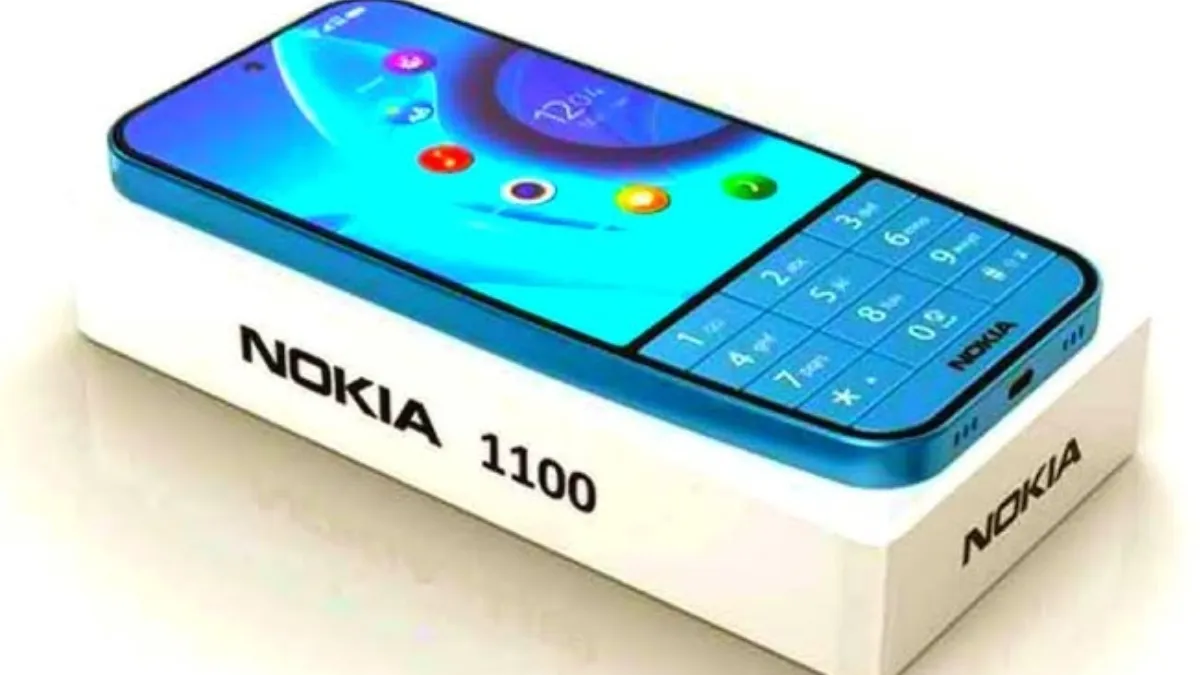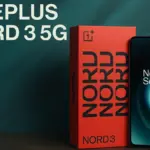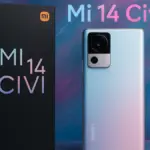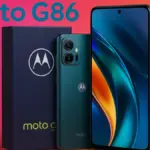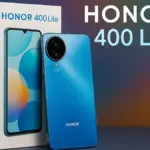The Nokia 1100 isn’t just a mobile phone—it’s a piece of history. First launched in 2003, it went on to sell over 250 million units worldwide, making it one of the best-selling phones of all time. Known for its unbreakable build, legendary battery life, and simple usability, the Nokia 1100 became a global phenomenon.
Even in 2025, people still talk about the Nokia 1100. Collectors, tech enthusiasts, and nostalgic users recognize it as the symbol of an era when phones were built for communication, durability, and reliability—not flashy features.
In this article, we’ll revisit the Nokia 1100 in depth, looking at its design, features, usability, and legacy, while placing it against today’s smartphone trends.
The Story Behind
The Nokia 1100 was released at a time when mobile phones were transitioning from luxury devices to essential everyday tools. Nokia designed it specifically for emerging markets like India, Africa, and Southeast Asia, where affordability and durability mattered most.
Its focus was not on high-end features, but rather on delivering:
- Strong battery life
- Dustproof keypad
- Torchlight for convenience
- Sturdy, unbreakable body
This strategy made the Nokia 1100 accessible to millions of first-time mobile phone users.
Design and Build Quality
The Nokia 1100’s design is the stuff of legend.
- Compact size: Fits easily in the palm or pocket.
- Rubberized keypad: Made for heavy use and durability.
- Flashlight at the top: A handy feature for rural users.
- Monochrome display: Simple and easy to read in any light.
- Changeable covers: Users could swap front and back panels for customization.
In a world dominated by fragile glass smartphones, the Nokia 1100 is still remembered as indestructible. Many users joked it could survive drops that would shatter modern phones instantly.
Features and Usability
While today’s phones boast AI, 5G, and high-resolution cameras, the Nokia 1100 focused on basic yet practical features:
- Monochrome display with green backlight
- Built-in flashlight (torch)
- Ringtones with polyphonic sounds
- Phonebook storage for up to 50 contacts
- Message storage for up to 50 SMS
- Removable battery
- Iconic Snake II game
It was designed for calls and texts, and it did them flawlessly.
📊 Nokia 1100 Key Highlights Table
| Feature | Nokia 1100 Details |
|---|---|
| Launch Year | 2003 |
| Display | Monochrome, 96 × 65 pixels, green backlight |
| Keypad | Rubberized dustproof keypad |
| Battery | 850mAh removable, up to 400 hours standby, 4–6 hours talk time |
| Torchlight | Yes, built-in LED flashlight |
| Ringtones | Polyphonic, customizable |
| Phonebook | Up to 50 contacts |
| Messages | Up to 50 SMS stored |
| Games | Snake II, Space Impact |
| Connectivity | 2G GSM (900/1800 MHz) |
| Durability | Extremely rugged, dustproof, drop-resistant |
| Dimensions | 106 × 46 × 20 mm, ~93g weight |
| Price at Launch | ₹2,500 – ₹3,000 (approx. $30–$35) |
| Legacy in 2025 | Icon of durability, simplicity, and affordability |
Battery Life: A True Powerhouse
One of the biggest reasons for Nokia 1100’s success was its unmatched battery life.
- Standby time: Up to 400 hours (over 16 days)
- Talk time: Around 4–6 hours
- Removable battery: Easy to swap when needed
In rural areas with limited electricity, this feature alone made it invaluable. By comparison, today’s smartphones struggle to last more than 1–2 days.
Software and Interface
The phone ran on Nokia’s Series 30 platform, known for its simplicity.
- Easy-to-navigate menus
- Simple call and message interface
- Fun games like Snake II and Space Impact
- Personalization with custom ringtones and wallpapers
While limited, the interface was lightning fast and bug-free compared to today’s bloated smartphone OS.
Durability: Built Like a Tank
The Nokia 1100 earned its reputation as the “indestructible phone”. Stories and memes about it surviving extreme drops, water splashes, and years of wear are still common online.
Its rubber keypad and tough plastic casing were designed to withstand dust, dirt, and rough handling, especially in emerging markets.
Nokia 1100 vs Modern Smartphones
In 2025, comparing the Nokia 1100 with today’s smartphones is fascinating.
| Feature | Nokia 1100 | Modern Smartphone (2025) |
|---|---|---|
| Battery Life | 10–15 days standby | 1–2 days |
| Durability | Nearly unbreakable | Fragile glass, needs a case |
| Connectivity | 2G GSM only | 5G, Wi-Fi 7, Bluetooth 5.4 |
| Entertainment | Snake II, polyphonic tones | 4K gaming, Netflix, YouTube, AI apps |
| Price | ~$30 at launch | $600–$1200 flagship |
This comparison shows how far technology has come, but also highlights how simple phones like the 1100 had their own strengths.
The Legacy of Nokia 1100
The Nokia 1100 remains iconic for several reasons:
- Accessibility: First phone for millions of users.
- Durability: Known as the toughest phone ever made.
- Simplicity: No distractions—just calls, texts, and games.
- Cultural Impact: Snake II became a global gaming craze.
Collectors in 2025 still value the Nokia 1100, and working models fetch a decent price online.
Pros and Cons of Nokia 1100
Pros:
- Legendary durability
- Long-lasting battery
- Affordable and accessible
- Built-in flashlight
- Simple and easy to use
Cons:
- No camera or internet
- 2G only, unusable on modern networks in many regions
- Limited storage and functionality
Who Should Buy the Nokia 1100 in 2025?
While no longer practical for most users, the Nokia 1100 appeals to:
- Collectors who love vintage tech
- Minimalists who want distraction-free phones
- Emergency backup phone users who value battery life
- Nostalgic buyers who want to relive the early 2000s
Conclusion
The Nokia 1100 is not just a phone—it’s a symbol of an era when devices were made for durability, simplicity, and practicality. With over 250 million units sold, it remains the best-selling mobile phone in history and a benchmark for battery life and rugged design.
Even in 2025, the Nokia 1100 continues to be remembered with love and respect, reminding us of a time when mobile phones were about connection, not distraction.
If you ever held one, you know it wasn’t just a phone—it was a companion built to last forever.
